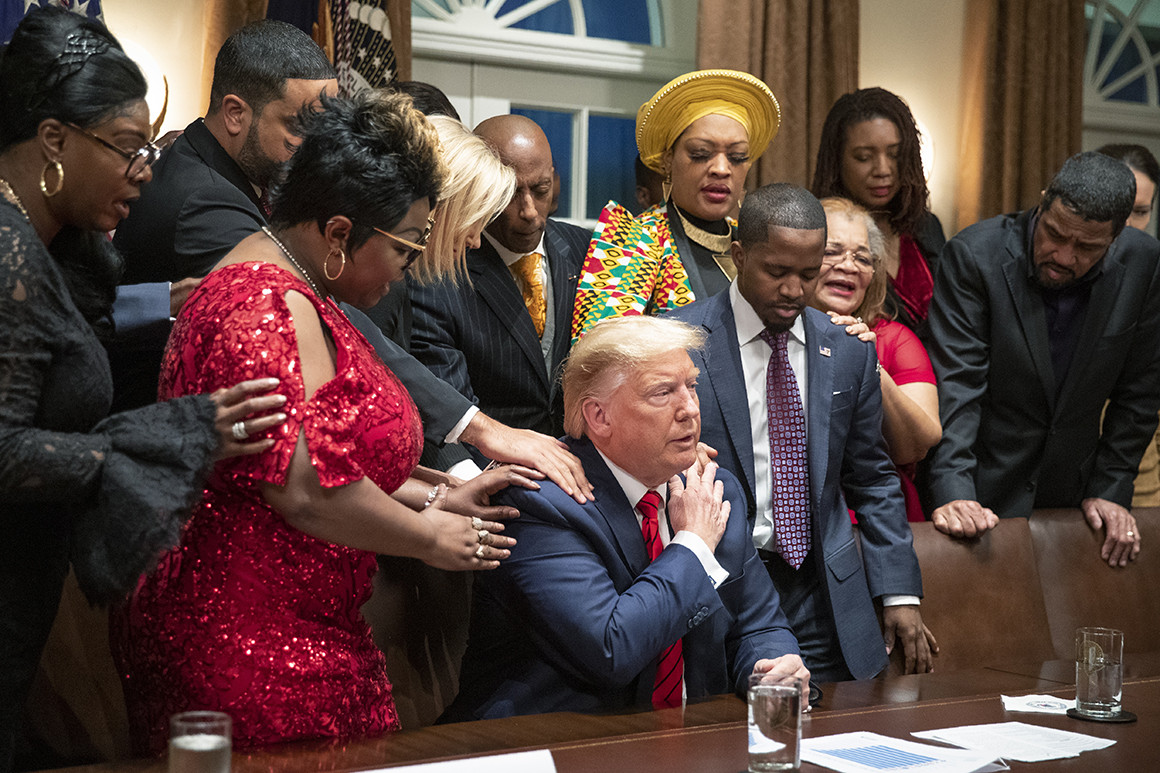(ThyBlackMan.com) We all want to be financially successful and debt free. Where most of us falter, however, is in believing that we need to pay off all of our debts before we can begin saving for and investing in our futures. All this does is reduce the amount of money we’ll have waiting for us when an emergency happens or later in life when we’re ready to retire. It’s better to start investing while you’re paying your debts. Here are a few tips to help you do it:
Short-Term Investments
After waiting to be debt-free, the biggest reason people hold off on investing is that most investments require large deposits and long-term commitments. If you want to get started investing now and don’t have lots of money to do it, consider short-term investments like binary options trading. Binary options, according to blog.24option.com, is a short-term investment in the behavior of a stock instead of in the company itself. Basically, you bet on how the stock will perform. If you’re right, you earn money. If you’re wrong, you lose money.
Small Investments
In addition to short-term investments (which can provide immediate returns that you can use to fuel future larger investments), you might also consider trading in smaller stocks and companies. Often called “penny stocks” these are shares that are sold for a few dollars a piece. If you trade them well you can turn a few hundred into a few thousand. Some have even managed to make millions, but you have to be willing to commit to trading full time.
Saving Up
Investing inward is just as important as investing outward. In plain language: it is just as important to save money as it is to invest it. And, if you can only afford to save or invest right now, choose saving.
The best way to save money if you are traditionally employed is to simply set up your direct deposit so that 10% of every paycheck gets deposited into your savings account and the rest into your checking account. This way you don’t have to remember to do this yourself and you won’t be tempted to skip a transfer. If you are a freelancer or contractor, you’ll have to be very disciplined about this. In addition to setting aside 20-30% for taxes, set 10% aside for savings. The easiest way to do this is to set up a series of sub savings accounts. One for your taxes, and one for your savings. You might even set one up for debt payments.
Tiny Budgets
Most of you reading this right now are probably thinking “that’s great, but I live paycheck to paycheck. How am I supposed to save and invest when I’m barely getting by as it is?” This is a real problem that most Americans today face. Luckily there are a few things that you can do to bridge this gap:
Spend Less. Scrutinize your budget and look for areas in which you can reduce your spending. Even if you are bare-bonesing it already, there are still likely ways to save. For example, use chicken thighs instead of chicken breasts in your cooking. They taste the same, but cost much less. Shop at Goodwill instead of Macy’s. Get creative here. You’d be surprised at how many ways there are to reduce spending.
Earn More. If you have the time and energy to take on a second part-time job, this is a good time to do it. You don’t have to keep the job forever, just until your debts are paid and you’ve built up your savings accounts.
If you don’t have the time or energy for a second regular job, there are still ways to bring in extra money on the side. Side hustles like driving for Amazon Prime Now or Uber, freelancing, odd jobs, etc. are great ways to supplement your income without having to commit to another employer. Many people eventually even turn their side hustles into full-time income.
The point is this: you don’t have to choose between your past (debts) and your future (investing). You can do both and it is important that you do.
Staff Writer; Jamal North




















Leave a Reply